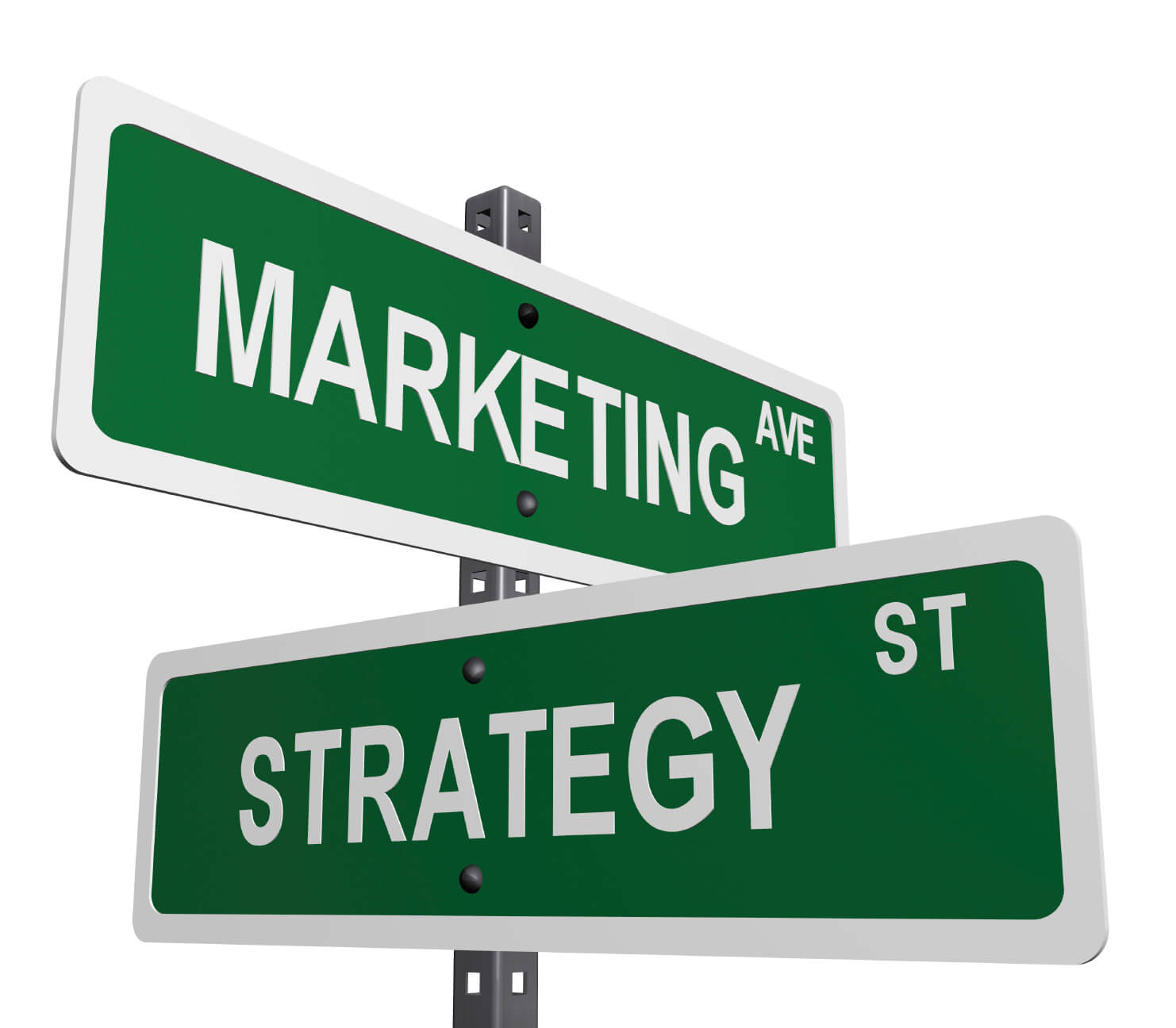Inbound Marketing is All The Rage
Every marketer wants to open up the inbound marketing floodgates, or so they think. But, when you get down to doing inbound marketing what is tactical and what is strategic? This really begs the question: which inbound marketing tactics can you do relatively quickly and without too much effort versus those that require more effort but offer long term results potential?
Our parents taught us that anything worth doing is worth doing right. We were taught “if _____ was easy everyone would do it.” By no means am I suggesting that inbound marketing is easy. But, let’s look at some inbound marketing activities that might be considered tactical and those considered strategic.
Tactical Inbound Marketing
Pay-per-Click Advertising (PPC)
Some call this SEM. This involves setting up search marketing campaigns in Google Adwords or Bing whereby your ads are displayed for certain keywords for which you bid an amount you’re willing to pay each time someone clicks on your ad. Setting up one or two campaigns properly takes a matter of hours. Getting Google or Bing to approve them also takes hours. Generally within a day or two you can have a few PPC campaigns up and running. Some will argue that PPC is strategic. For those brands that make a serious commitment to PPC with ongoing monitoring and optimization it can be strategic. That said, PPC campaigns could be turned on and off based on need and budget.
Optimizing Current Your Website
Undergoing an “on page” optimization exercise of your existing website content is also tactical because it is focused on the existing content. Depending on the size of your website the effort may take days, or weeks or even months. The result may be improved discoverability of some of your website’s pages in search results, which could result in more traffic to your website.
One Way Social Media Publishing
I grit my teeth in even mentioning this because it is so opposite of what we advise all clients to do. But one tactical inbound marketing activity is to publish content (one way) through your social media channels with no human engagement. This one way social media publishing can serve to help spread your content in social channels, but it will have limited results other than to send a signal to the search engines that your content is on social media.
Inbound Marketing Strategy
I must admit I am much more comfortable talking about an inbound marketing strategy for the simple reason that by its very own nature the goal of it is to produce long term results that are sustainable, measurable and move the needle. Ah…I feel better already….
Develop a Content Marketing Strategy
Remember that website optimization exercise I mentioned above? You will be much better off developing a content marketing strategy that results in writing more content for your website. But, not just any content for the sake of SEO. A sound content strategy considers the personas of your target audience, is based on sound keyword research, and it is written for humans, not search engines. Website content should be focused, rather than broad based. Website pages should offer the reader a relevant experience about a specific topic. In addition to website content, a sound content strategy considers other mediums which may include webinars, video, white papers, e-books, podcasts, etc.
A Company Blog
A content strategy should always include a company blog. A company blog should serve to educate, enlighten or entertain your target audience. A blog is a big commitment, which is reason alone to consider this a strategic inbound marketing activity. Creating a blog calendar is strongly advised. Getting as many subject matter experts to contribute blog content is also advisable to any company blog. And, publishing blog content with consistency is also important to any company blog.
Inbound Marketing Conversion Strategies
Developing a sound content strategy is a worthwhile strategic inbound marketing effort. However, remember that the purpose of your content strategy is to attract the people you want to attract to your business. That’s why you need conversion strategies. Consider the calls to action offers that will entice people to register with you by name and email address so they may enter into your funnel. It is imperative that you set up nurturing rules in your funnel so that people will continue to engage with your brand as you nurture them with more relevant content and so that eventually a healthy percentage of them will become marketing qualified leads, which is your conversion strategy ultimate goal.
Becoming a Social Business
If a tactical approach to social media is one way publishing (not recommended), the antithesis is to become a social business. In a social business there are many subject matter experts actively and authentically engaging with your community on relevant topics that interest them through social channels. A social business isn’t constantly selling. In fact, it doesn’t view social engagement as merely as a marketing activity. A social business views this as how they interact with customers, prospective customers, influencers, employees and future employees. Such authentic engagement is part of the DNA of a social business.
Essentially the difference between tactical inbound marketing and an inbound marketing strategy is commitment. Tactical inbound marketing requires less commitment than an inbound marketing strategy. Tactical activities may yield results but they are not sustainable. An inbound marketing strategy is a lot of work, but the results are sustainable. Simply stated, an inbound marketing strategy is the way business works now. So, what choice does one truly have?





